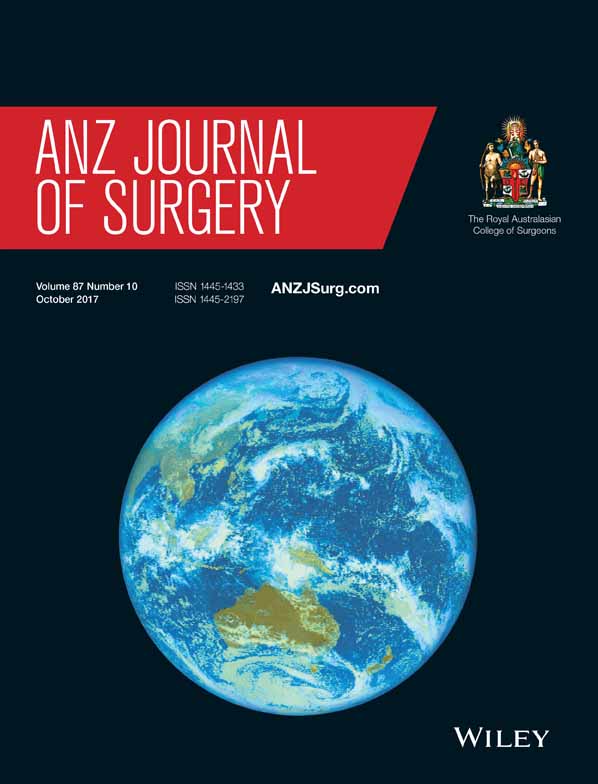Colonic transit: what is the impact of a diverting loop ileostomy?
Abstract
Background
Diverting loop ileostomy (DLI) is used following low anterior resections (LAR) or ultra-low anterior resections (ULAR) to reduce anastomotic leak (AL). Preoperative mechanical bowel preparation (MBP) is traditionally used with DLI. However, clearance of the left colon can be achieved with a fleet enema without the physiological compromise of MBP. We aimed to assess colonic transit following DLI in this context.
Methods
A prospective, observational study was performed with patients with rectal cancer undergoing LAR or ULAR in a tertiary colorectal unit with preoperative fleet enema. Radiopaque markers were inserted into the caecum following rectal resection and formation of a DLI with placement confirmed by image intensifier and endoscopy. X-rays were performed at days 1, 3, 5 and 14 post-operation with data collected prospectively.
Results
Ten patients (mean age 57, nine males) were enrolled. Mean time to functioning stoma was 1.9 days (range 1–3). There was no movement in the majority of markers in all patients at Day 5 post-operation. In all seven patients with Day 14 X-rays, the majority of markers remained in the right colon. Two patients had delayed AL, with markers found within the pelvis in both of these patients.
Conclusions
This is the first study to assess colonic transit following DLI using fleet enema only, with results suggesting colonic motility is abolished in this setting. The use of a fleet enema without MBP may be sufficient prior to rectal resection surgery when DLI is employed. AL may actually increase colonic transit. Further research is warranted.




